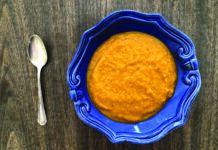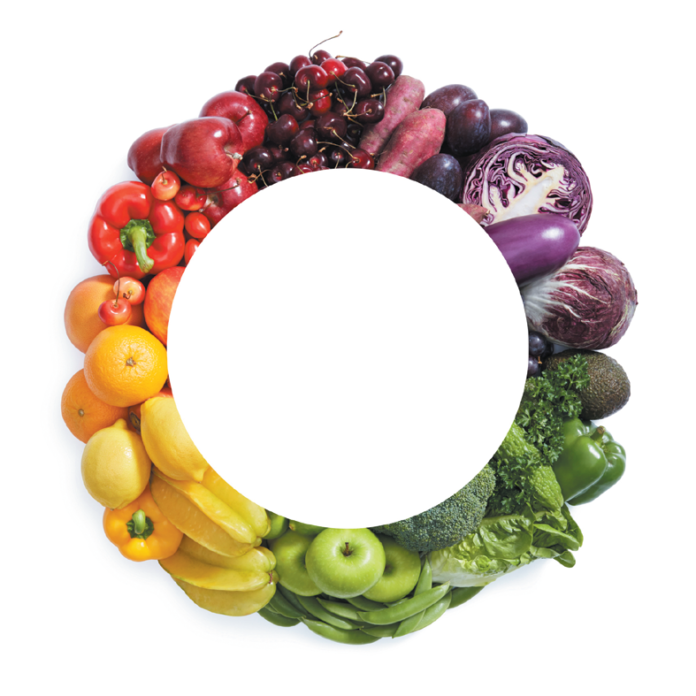A. Jeffrey B. Blumberg, PhD, a professor at the Friedman
School and an expert on dietary bioactive components, answers: “The color of a plant food is a clue to which health-promoting phytochemicals it contains:
➧ Blue and purple (e.g.: blueberries, plums, black beans, eggplant) indicates the presence of anthocyanins
➧ Green colors (e.g.: asparagus, broccoli, spinach, green beans) can come from glucosinolates
➧ Orange and yellow (e.g.: apricots, carrots, yellow beets, yellow and orange peppers, grapefruit) is a sign of carotenoids
➧ Red (e.g.: cherries, cranberries, strawberries, tomatoes) comes from anthocyanins and the carotenoid lycopene
➧ White and tan plant foods (e.g.: bananas, pears, cauliflower, garlic, onions, white beans) contain allicins
“Higher intake of these compounds has been associated with a reduced risk of some forms of cancer, cardiovascular disease, and age-related dementias, so the key is not to pick one color of peach or carrot over another, but to include as much color diversity in your diet as you can. Choose whichever ones you most enjoy–or mix it up–but be sure to eat a rainbow!”




















